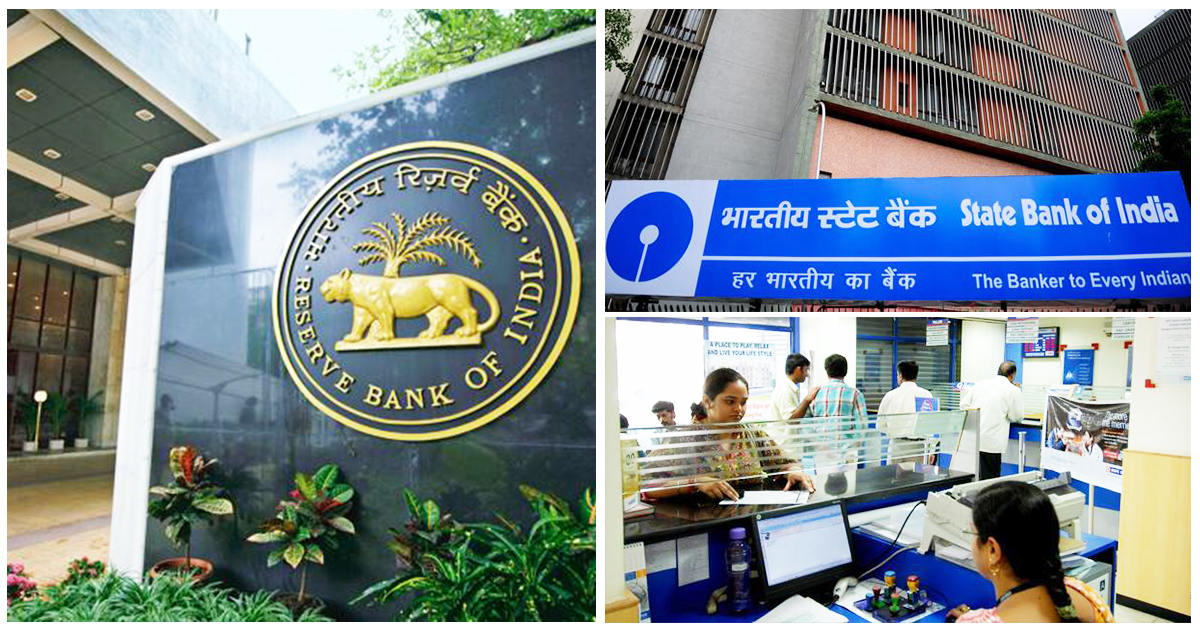Everyone knows that the banking sector is one of the biggest service sectors in the nation and after the implementation of the goods and services tax in India, it will have to indulge in lots of hard work to make Goods and Service Tax (GST)-ready for their sector. In the recent scenario, where the change in tax rate is all over the headlines, there lies one of the several changes to which banking sector will have to adjust themselves. For most of the categories in chargeable banking services, it is now known that the effective tax rate will become 18 percent from the ongoing 15 percent which includes Swachh Bharat and Krishi Kalyan Cess). It is for sure that the Banks will pass on this extra duty on to the customers. So, as a customer of banking services, prepare to give out a little more.
Provisionally Less Input Tax Credit
As the banking sector provide various taxable and tax-exempt services and it is now speculated that it may be very hard to maintain details of taxable and exempt services each month, so for this the government has given them an option to comply with the provisions of Input Tax Credit (ITC) reversal on proper calculations or they can avail 50 percent of the eligible input tax credit on inputs, capital goods, and input services, with the rest by gone for the favour of other services provided.
Compliance will Top Skyrocket
In the present scenario, bank sector discharges their service tax compliances via a single ‘centralized’ registration. But after the GST, they will require having separate registrations for every state in which they operate. Also, it is speculated that there will be an increase in the cycles of returns along with a number of return formats and the level of information required in these particular returns.
Siva Subramaniam, Product Head – Banking & Financial Services at SunTec Business Solutions mentioned that “Manufacturing companies were used to paying state-wise VAT, but banks are centralized, so they face more challenges under GST.”
Origin and Destination will Increase Complexity
As everyone knows that GST is a consumption-based tax scheme, it implies that for every transaction in GST, the banks will have to figure out the place of consumption means that, where GST will be paid. And as the bank branches conduct several transactions, both interstate and intrastate, which will ultimately take the compliance and complexity to an another level.
Also, the Model GST Law implies one’s duty or responsibility of figuring out whether a transaction is intrastate or interstate on the taxpayers itself. So, now the banks will have to conclude whether the payment is made against Central GST (CGST) and State GST (SGST) or Integrated GST (IGST), which will be determined on the type and origin of the transaction.
As it is, inter-state supplies of goods or services (or both) between two branches of the same bank, located in two States, will also attract IGST. However, the credit will be availed by the receiver branch on the charged GST but as though the main complex task is to track that individual transaction.
For all this, Banks will have to have the GST-ready infrastructure and as unlike the manufacturing firms, banks occupies a multiple software layers for a different set of businesses and after which will need to have a GST-ready solution readily available.
Unregistered Vendors Service Maintenance
The banking sector will also have to review its unregistered vendor base as currently rules so far clears that companies availing of services from unregistered vendors (turnover less than Rs 20 lakhs) will be subject to reverse charges (where the recipient is liable to pay tax) but it still doubts over the reverse charge permissions for Input Tax Credit but the authority may also term the limit for availing supplies from unregistered suppliers.
Jurisdiction of Services Revealed
The complexity is not just about services rendered but also the services that the banks avail on their own as there has to be a specification of the jurisdiction of the services consumed for example between branches (according to states) and the head office. As through a term, if a bank avails of advertising services from an advertising agency, it has to specify the percentage distribution of this service across states.
The idea of Input Service Distributor (ISD) is provided in GST and has been defined as ‘an office which can be a head office, administrative office, corporate office, so on, belonging to the registered taxable person who intends to distribute the credit’.
Zeal of Banking Sector
As per the provision, the Invoices will have to be uploaded before filing returns but the above-mentioned backend readiness will have to happen before they file the first tax return on August 14.
According to official industry sources, various banks has initiated the preparation as early as January to be ready by April by themselves. Also, the private sector banks again have taken the lead in getting their backends ready for upcoming GST. It is speculated that the increasing cost is unlikely to differentiate numbers, bank employees should be ready for another reformation just like it was in the time of demonetization.
